Once upon the time I were shooting my first real camera, Nikon D40, and passing by a local photo shop, had seen the diminutive Sony NEX 5. I was hooked on the mirrorless miniaturization mantra of the time, and got one. The problem though was lenses: there were not many! Especially a cheap 35mm equivalent (24mm) was missing. That started my dive into the legacy lenses world, and ultimately film photography. That’s also how I met the Pentax 110 system, which by chance, included also the smallest 24mm lens I’m aware of. It’s build around the world-smallest SLR (pictured above with 70mm lens).
Saying system, I mean it, and the system was actually sold as such: all neatly packed in a single red-orange box (well, there were various versions of that single box). The camera (several varieties with minor differences), lenses, filters, macro-lenses, winder, flash, pouches, you could buy all in one go! Speaking of lenses, there are 18, 24, 50, 70 primes, and even a 20-40 zoom, all with a fixed 2.8 aperture. I was only after the 24mm lens, but ended up with all that stuff (minus the zoom which was sold separately and which I don’t have), all for a funny sum of money off eBay. I used all these lenses on my NEXes with nice results, although the 24 and 18mm have soft corners on digital (centers are very sharp!) due to the thick sensor stack. The APS-C is, however, covered with acceptable vignetting, and totally usable if you know what you’re doing. On m43 the situation seems to be worse actually, presumably due to even thicker filter stack.
The 110 film, which gives the name to this tiny Pentax was, by the way, the m43 of the time, and with the frame size of 13x17mm shared roughly the same 2x crop factor. The film was sold in plastic cassettes, either ISO 100 or 400, identified by a cutout in the cartridge, and was intended for simpler cameras. Pentax 110 is perhaps the most sophisticated of all 110 cameras. Nevertheless, it has no manual controls besides the focusing: the behind-the-lens central shutter automatically controls both the shutter speed and opening of the aperture (lenses have no iris built in). The 110 film is still being sold (by lomography), and even can be developed/printed by supermarket labs here in Germany (DM, Kaufland, CEWE, etc) for a price of ~16 eur per 24 frame roll (+10 for film itself). I did print several rolls of C41 that way, but in the end found it too expensive so my Pentax remained unused for several years.
That was until I started slitting and developing BW film myself for my Minox B. The thing is, that standard 35mm film is most economically slitted in stripes of 9mm (Minox) and 16mm (110 film) in width, so I could not pass this opportunity! Re-loading 110 cartridges is trivial too once you open up a cartridge for the first time (there are tutorials on the net).
My film of choice is ADOX HR50, which I push to ISO 100 for Pentax, as there’s no way to control ISO on the camera. I found that the best results for that film are obtained with matching developer, HR-DEV, which also happens to be very convenient in use. It’s a liquid concentrate with apparently very long shelf life sold for quite cheap here in Germany. Adox Silvermax may be even better (better lattitude with similarly small grain), but it’s not sold in bulk so I have not tried it on 110.
I just put 110 film on Paterson 16mm film reel, get 200ml of 23C warm water, add 4ml of HR-DEV, mix, pour and agitate for first 30s continuously, and then either every 1 minute (for normal contrast situations), or every 2-3 for high contrast light. Total development time is then either 13 or 15-16 min to get ~ISO100. To “scan” the film I use zoom dia-duplicator at 2x zoom settings, and my A7, and invert in lightroom. Below are some examples of what I end up with (random, to get some diversity in respect to lenses used and lighting conditions):
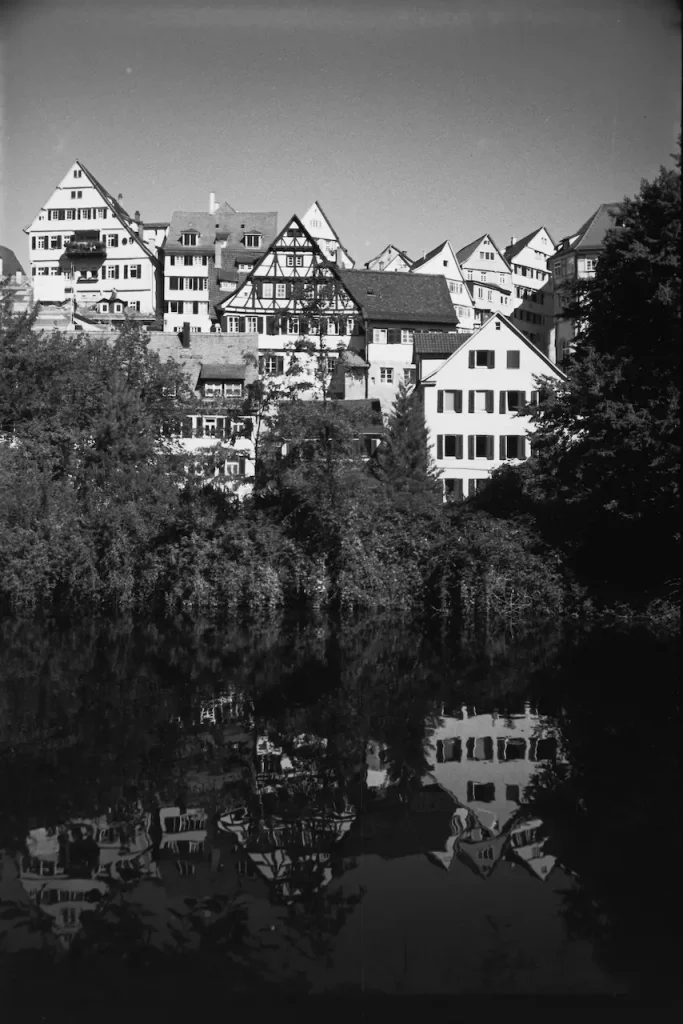
That one with 18mm on a sunny day
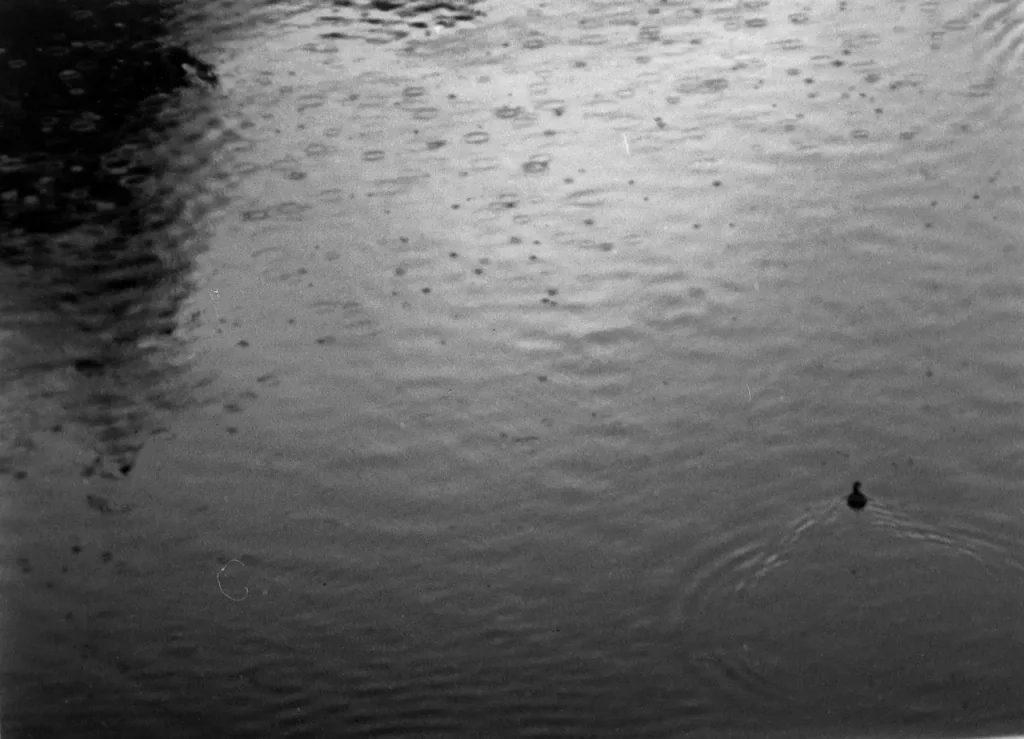
50mm on a gloomy winter afternoon. The camera showed low-speed warning, but I tried it nevertheless! Works most of the time with 18/24, but on 50 motion blur is often there if you ignore the warning. That’s 100mm equivalent after all…
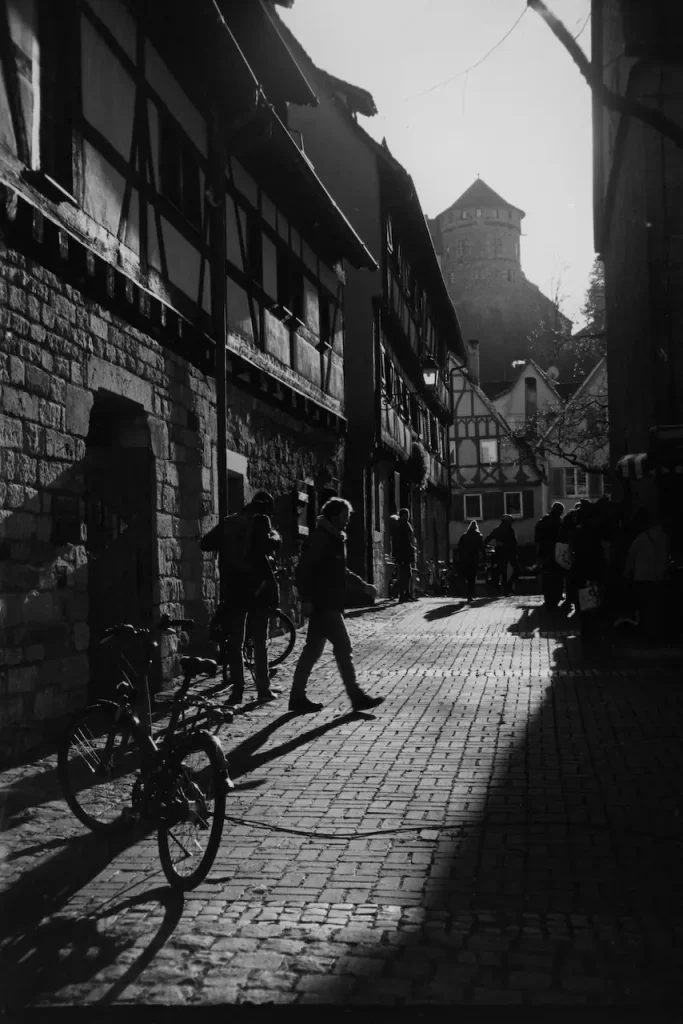
This one with 24mm. Despite high contrast there are some highlight and shadow detail (here just edited out because it looks better this way)
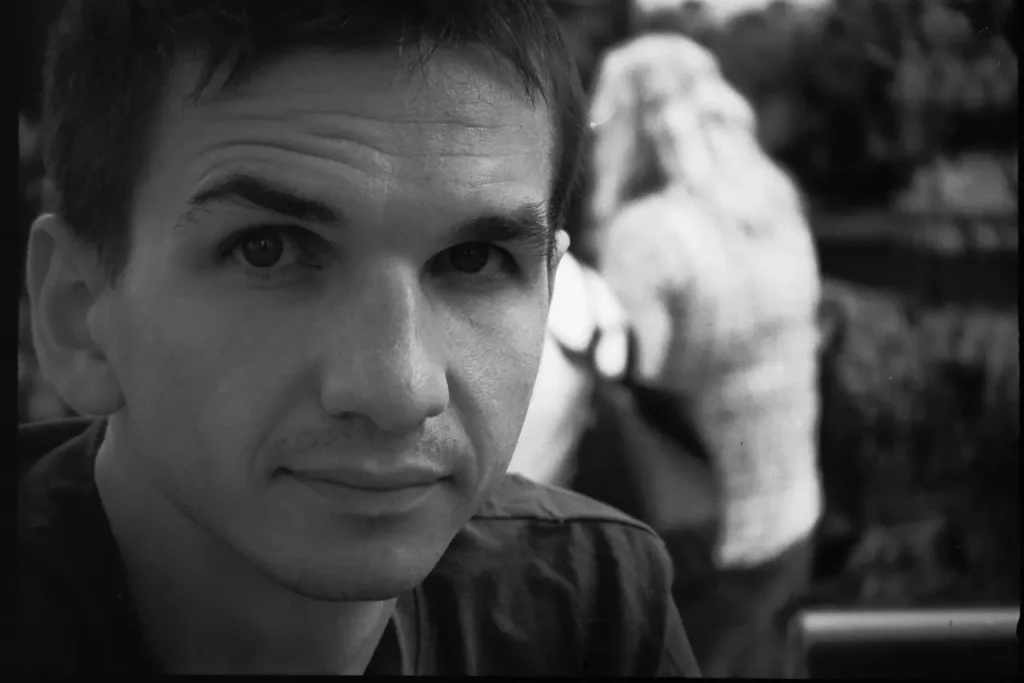
Typical use for 50mm: its nice for portraits! Would not guess the frame is so small!
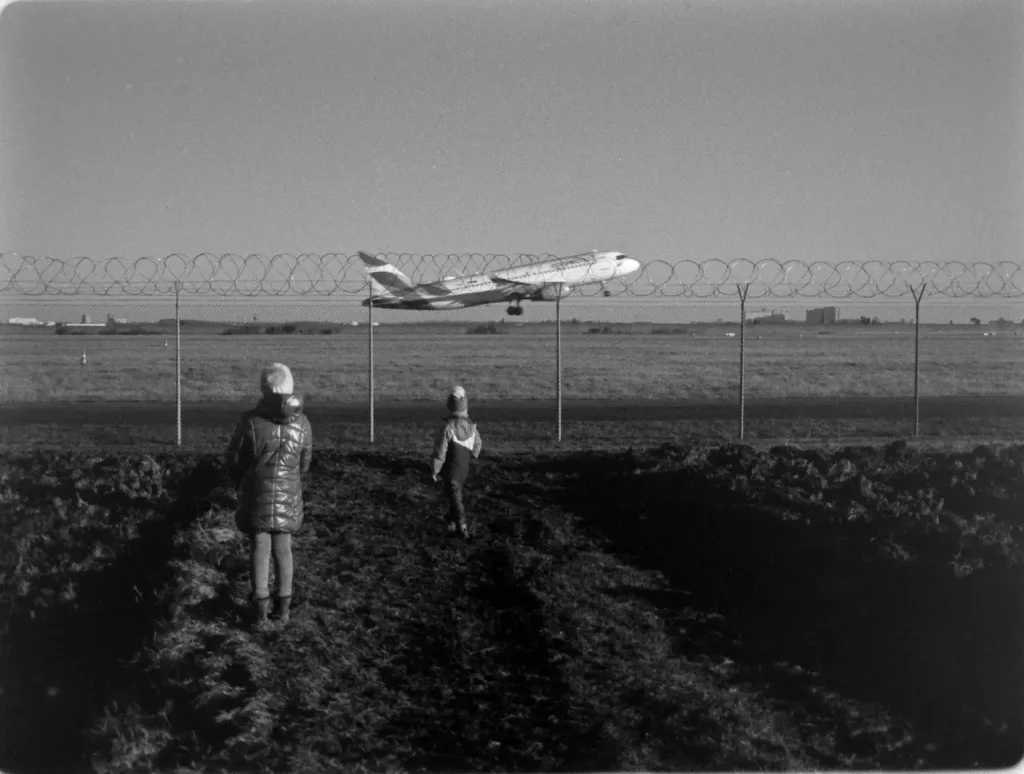
24mm in high-contrast environment. Metering is great most of the time even with limited latitude of HR50.
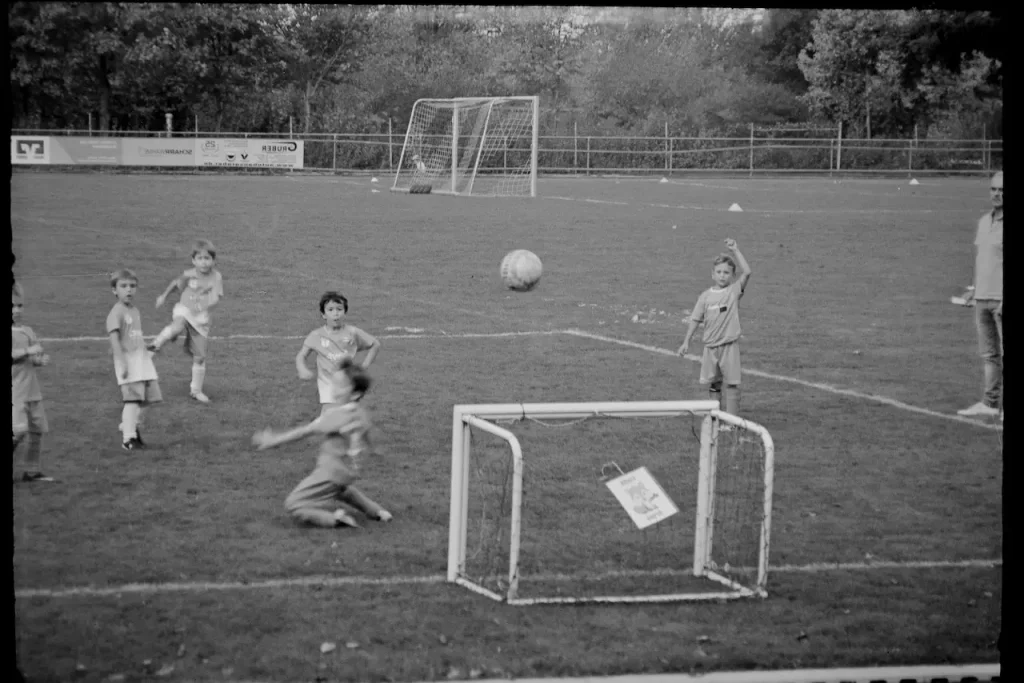
That’s already sixth frame, but I wanted to illustrate that 70mm can be useful for the soccer-dads. The light was already fading, but 2.8 aperture allows to get some sharp snaps even then.
Find more content I have written for 35mmc here
Share this post:
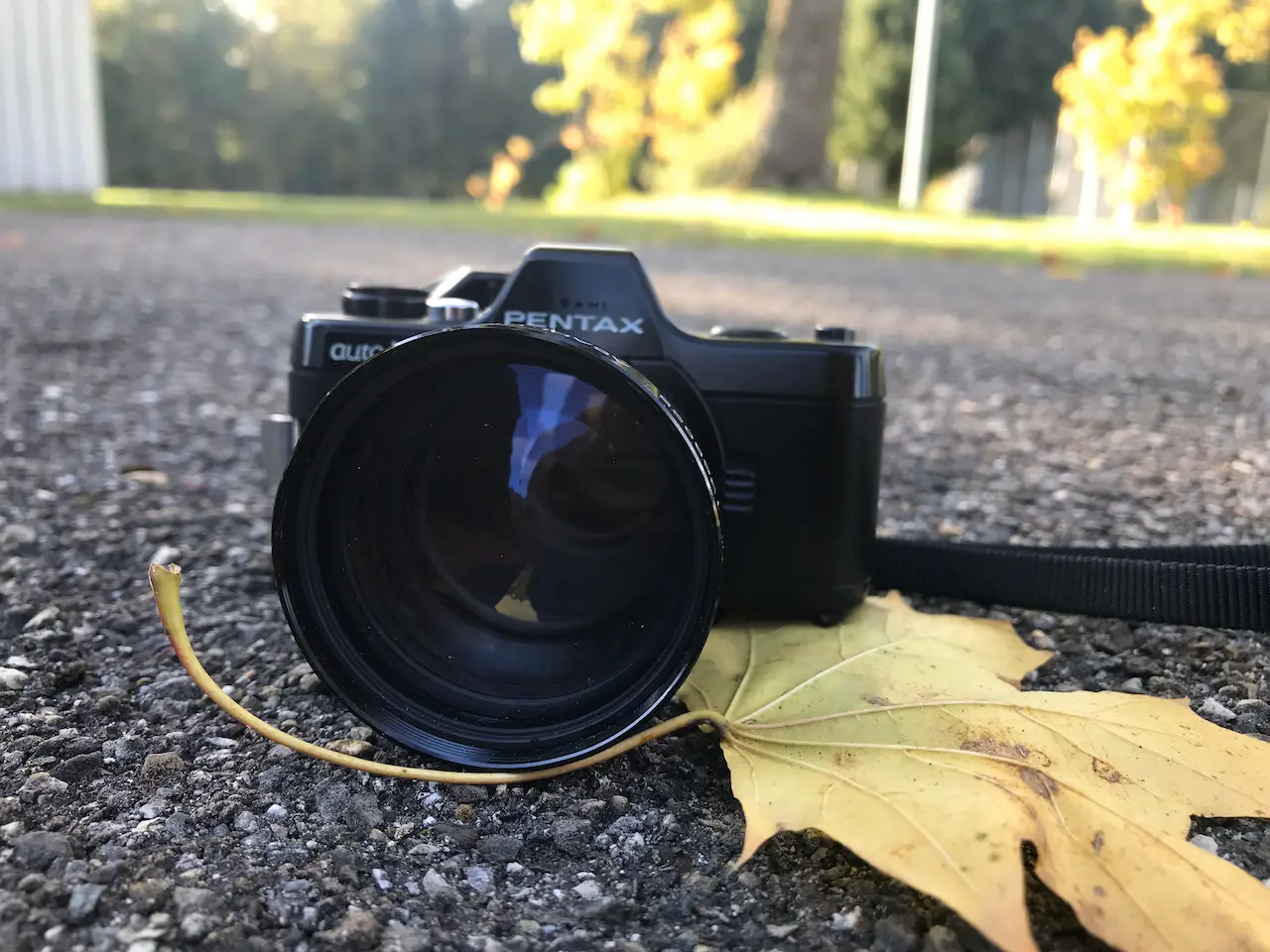
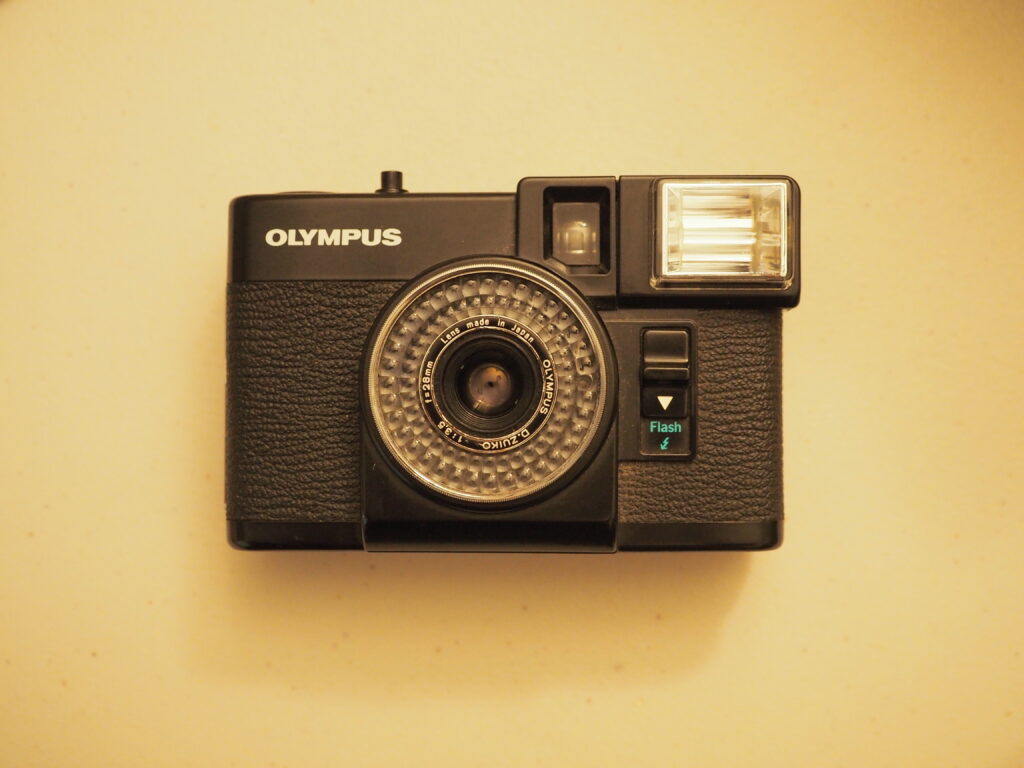

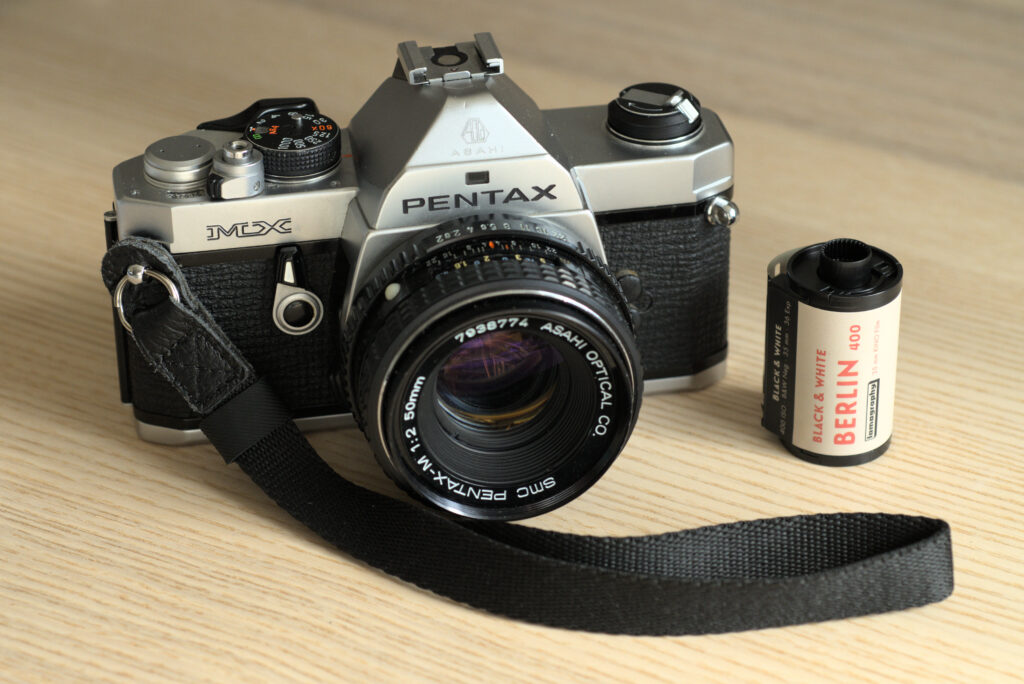
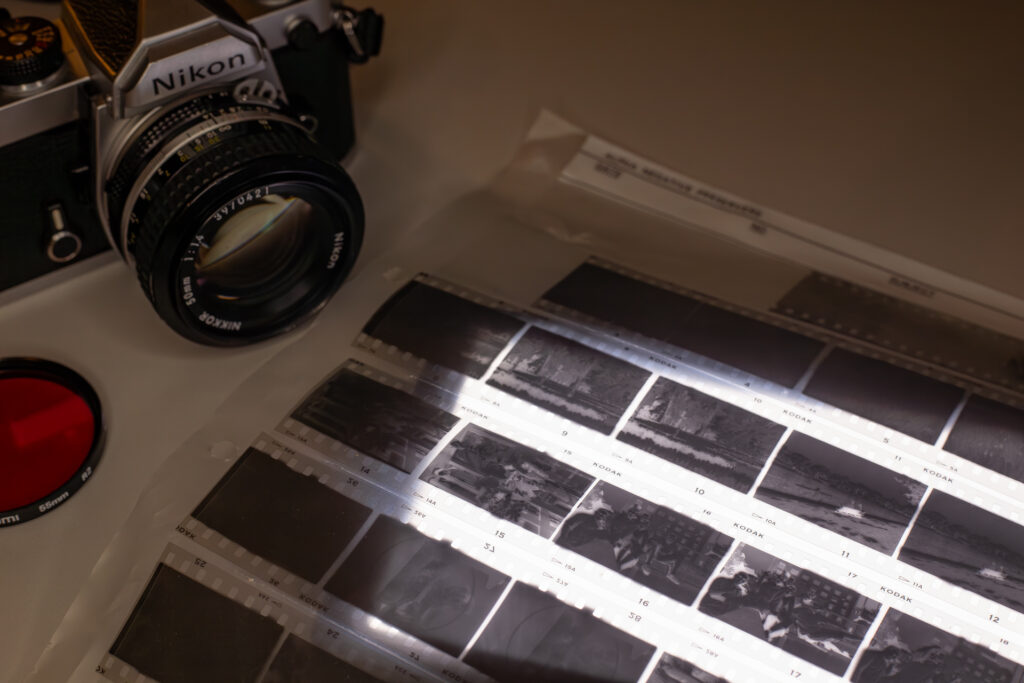




Comments
Terry B on 5 frames with Pentax 110 and adox HR50 – By Victor Doroshenko
Comment posted: 11/02/2020
I, too, have the full range of Pentax 110 lenses, minus the zoom, and from tests carried out with my Nex 5n, they demonstrate just how sharp they are, although with the APS-C format vignetting is very obvious. As they lack an aperture control, I'm left wondering just how sharp they'd be stopped down.
vzzdor on 5 frames with Pentax 110 and adox HR50 – By Victor Doroshenko
Comment posted: 11/02/2020
the zoom duplicator is actually not such a bad solution, sharp enough to see grain most of the time, and very convenient :)
The marketing selling point of 110 system was actually to deliver quality similar to a full-sized SLRs of the time, so the lenses had to be sharp, I guess. And all-in-all, I think Pentax succeeded in fulfilling their promise for casual shooters! Granted, the quality here is mostly limited by technique (steady hands, understanding of suitable shutter speed/aperture), not gear, but an achievement nevertheless. For me, the main appeal of Pentax 110 is its cuteness factor, however :) Together with top-notch build quality (for a plastic camera) makes it a very fun camera to use, and it does turn heads on the streets!
Matthias on 5 frames with Pentax 110 and adox HR50 – By Victor Doroshenko
Comment posted: 11/02/2020
B.t.w. it's very funny to read which photographic journeys result from the (former) lack of affordable lenses for the Nex-system. For me starting with the A6000 and hating the Sony SELP1650 it led me to vintage glass (like everyone), to full-frame (because of vintage glass) and back to film (also because my parents gave me the old family-Minolta X700). I wouldn't have made this journey if there were affordable nice lenses for the Nex - would you ?
Regard Matthias
Comment posted: 11/02/2020
Alan Withington on 5 frames with Pentax 110 and adox HR50 – By Victor Doroshenko
Comment posted: 11/02/2020
Comment posted: 11/02/2020
Ray Rapkerg on 5 frames with Pentax 110 and adox HR50 – By Victor Doroshenko
Comment posted: 11/02/2020
Sacha Cloutier on 5 frames with Pentax 110 and adox HR50 – By Victor Doroshenko
Comment posted: 28/06/2022